Wildflowers are exceptional pollinators to have on your land. Planting diverse mixes will attract a wide variety of pollinators and provide a home for insects and wildlife.
Interseeding into a stand of native grass is a goal many producers share from personal choice or program requirements. Site preparation is vital for allowing your seed to make clean contact with the soil, allowing for successful and uniform germination. Many landowners tend to burn off existing vegetation with fire and either drill or broadcast flowers into the open soil.
When comparing drilling and broadcasting, one isn’t necessarily better than the other, it’s all dependent on your goals and timeline as the landowner. If you’re starting from scratch, it is essential to have a clean, firm, weed free seedbed to allow for uniform seed placement and an increased chance at quicker establishment.
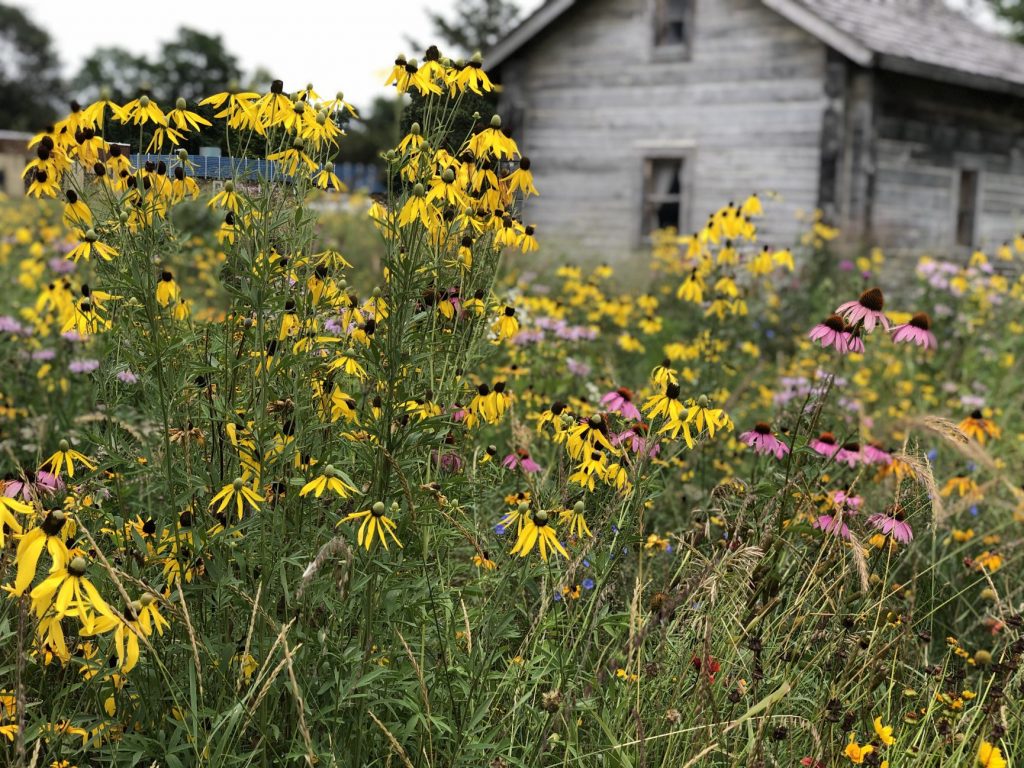
Post-seeding management is crucial in the first year. Be prepared to mow 2-4 times in this first year of establishment to prevent annual grasses/weeds from seeding. Mowing at a height of 8-10” not only prevents burning off seedlings, but also allows for the adequate sunlight and moisture.
Higher diversity does not mean higher cost, this common misconception limits many landowners from diversifying their seedings to their full potential. Don’t let the more diverse blends scare you off. The more species you can put on the landscape, the better chance for establishment. The different wildflowers will thrive in different soil types and seasons. If you don’t see all the species fully establish on the entire site, certain species in the mix will develop their own niches and thrive in various soil types. A typical conservation seeding holds many different soil types across the field. Planting a diverse blend of species will cater to the varying soil conditions like wet versus dry soil for example.
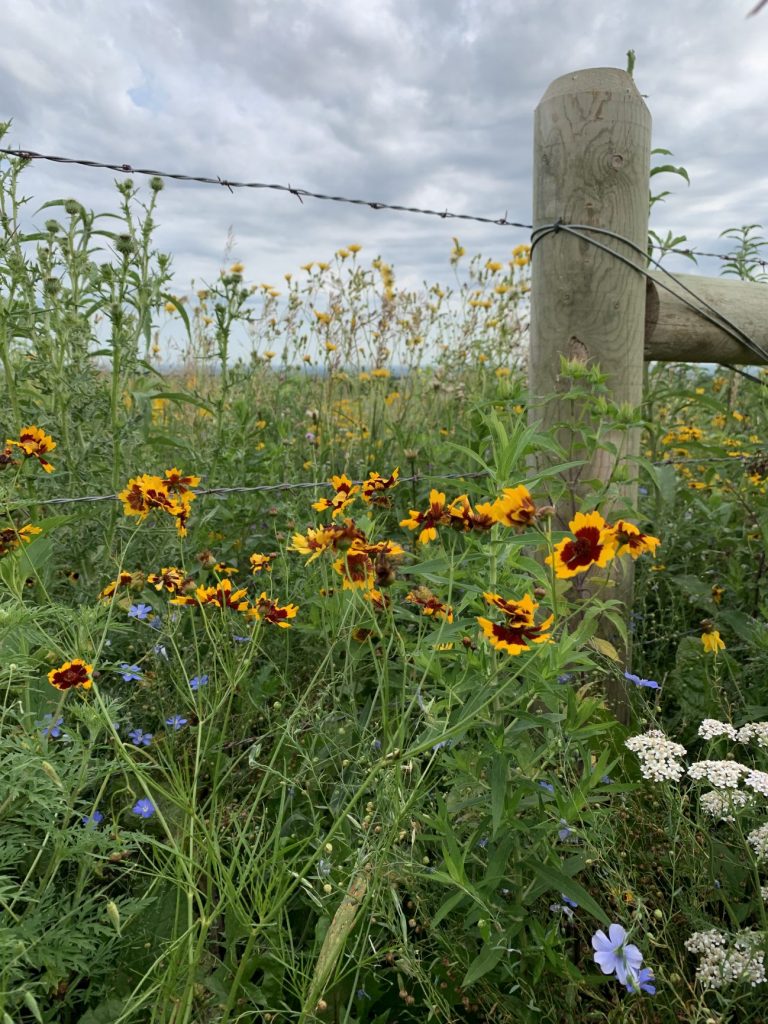
Our mixes, MSI Native Wildflower Mix and Prairie Flower Medley are two excellent options to get you started on the wildflower power kick. Each mix contains over 10 species of wildflowers to diversify the habitat and add pops of color to your land.
Wildflowers draw in pollinators, diversify habitat, and provides wildlife cover. Prep your seed bed and you’re ready to rock ‘n roll. Call and chat with our specialists to help plan your project and get the right seed for your goals.
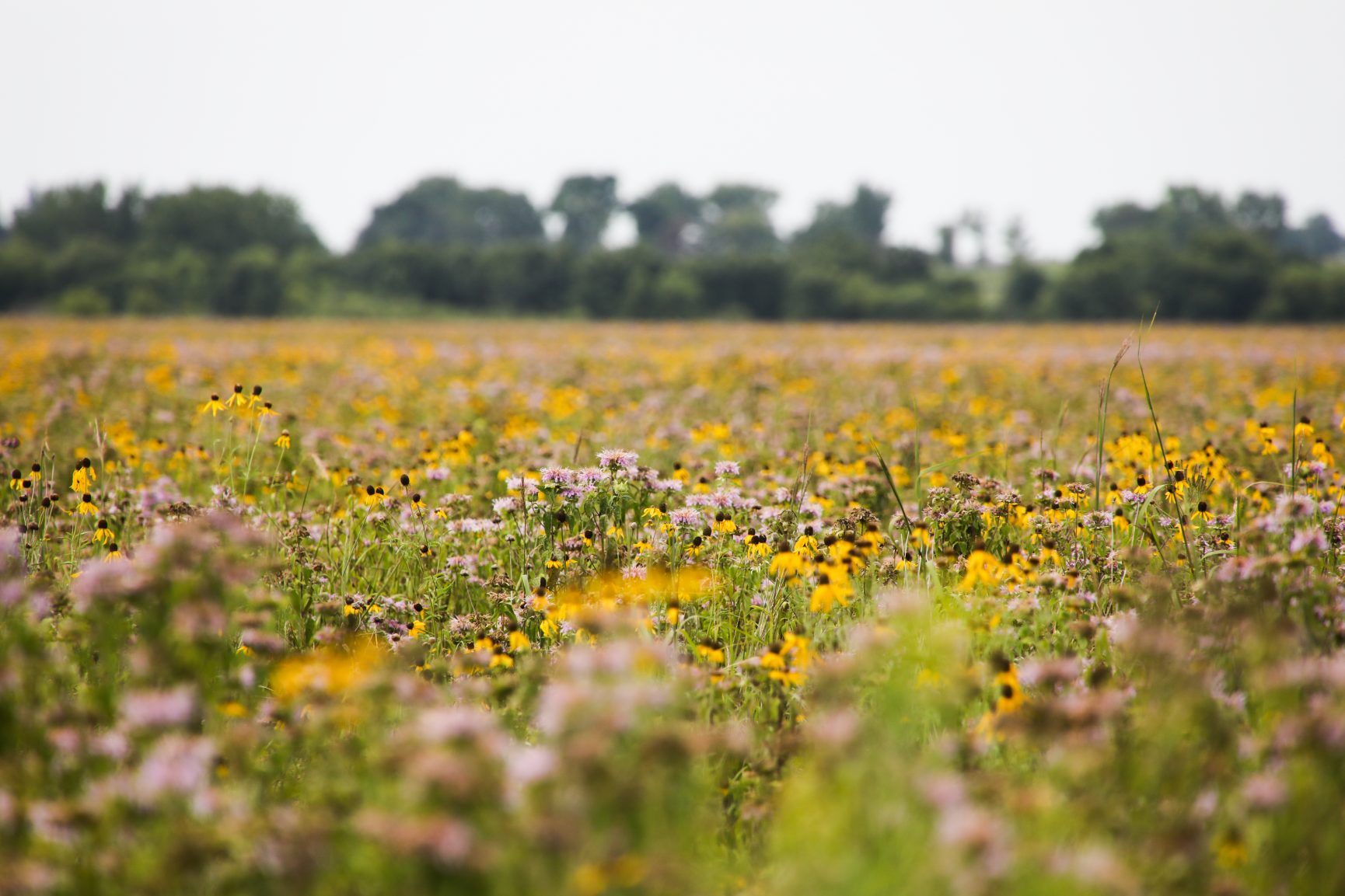
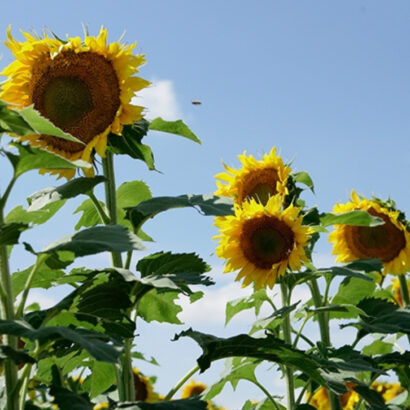
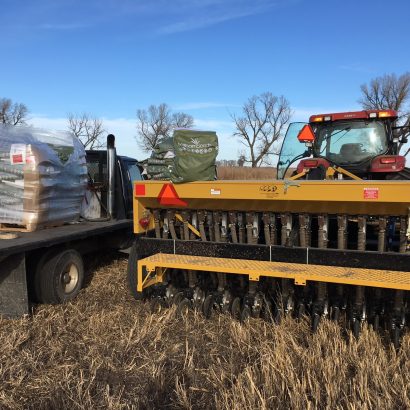
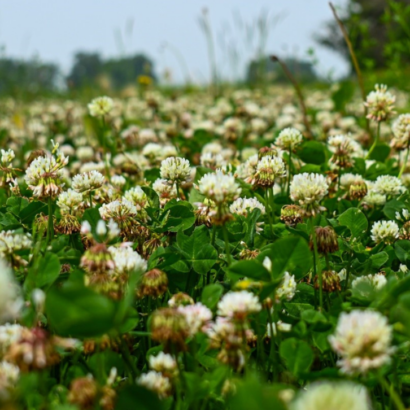
I have 4 acres of lawn that I would like to convert to prairie grasses and wildflowers, Whats the best way to prep before seeding?
would I be able to make sure the lawn is weed free, and then frost seed over the grass? – Or do I have to kill off the grass(prefer not to)
The grass will need to be killed off completely. Any lawn grass leftover will outcompete the native grasses and will take the stand back over. Kentucky Bluegrass is one of the worst “weeds” to deal with in a native seeding because it is very aggressive and the only way to get rid of it is Roundup. We would recommend a minimum of two applications of Roundup with about one month between to eliminate the turfgrass and any weeds that exist. It is possible to seed into the dead grass without working the ground up but it is of utmost importance that you ensure that you get a total kill prior to the grass going dormant in the fall.
I have about an acre of dirt & rock left from excavation for a septic field & whatnot. I’d like to plant wildflowers. I’m at 5300 ft. in the Black Hills What mix would you suggest.?